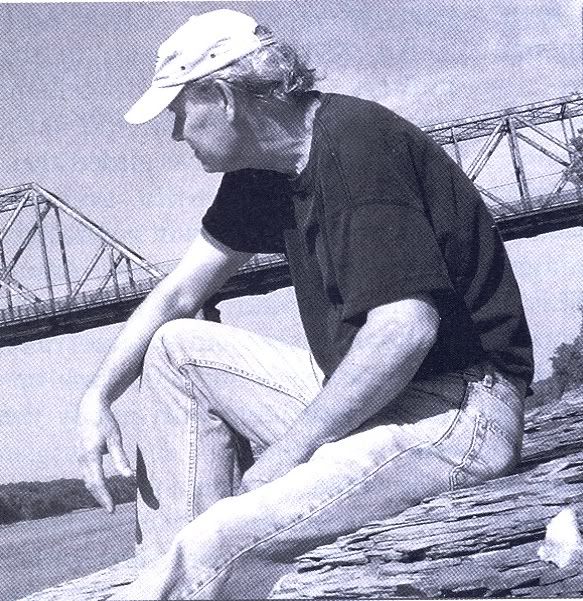L
Lynn
Guest
Pacecil
Your first picture shows us around 220 degrees of barrel movement with the node at 180 degrees.
Your second picture shows us the same thing only with a kink or flat spot at 180 degrees.
Your 3rd picture is the same.
Your 4th picture is the only picture close to what Bill describes.
I will use degrees instead of node and anti-node so I don't confuse you.
Bill is talking about the bullet exiting at 180 degrees like in your fourth drawing.
If you were to measure the barrels curve and plot it from 170 degrees to were the bullet exits at 180 degrees it would show a certain amount of amplitude.
If you then added a tuner to the end of the barrel weighing 13 ounces and the bullet once again exited at 180 degrees plot the same barrel curve from 170 degrees ro 180 degrees and the curve will appear flatter or wider.Wider in this case means if we extended the curve so it now ecompasses 360 degrees the circle created would have a larger radius.
If we put the anti-node or in this case 270 degrees at the muzzle when the bullet was exiting the barrel would be at its slowest point in the vibration pattern.If we then moved to 260 degrees and plotted a curve to the muzzle at 270 degrees it would have a certain amount of amplitude.If we once again added our 13 ounce tuner as above and re-plotted the curve from 260 degrees to 270 degrees the curve would once again be flatter and wider.See wider above.
In all of the models I have looked at they show the node and anti-node traveling down the barrels length but only your 4th picture shows one at the muzzle while the bullet exits.The rest show the bullet exiting at some point between 180 degrees and 270 degrees not at 180 degrees or at 270 degrees.
Waterboy
Your first picture shows us around 220 degrees of barrel movement with the node at 180 degrees.
Your second picture shows us the same thing only with a kink or flat spot at 180 degrees.
Your 3rd picture is the same.
Your 4th picture is the only picture close to what Bill describes.
I will use degrees instead of node and anti-node so I don't confuse you.
Bill is talking about the bullet exiting at 180 degrees like in your fourth drawing.
If you were to measure the barrels curve and plot it from 170 degrees to were the bullet exits at 180 degrees it would show a certain amount of amplitude.
If you then added a tuner to the end of the barrel weighing 13 ounces and the bullet once again exited at 180 degrees plot the same barrel curve from 170 degrees ro 180 degrees and the curve will appear flatter or wider.Wider in this case means if we extended the curve so it now ecompasses 360 degrees the circle created would have a larger radius.
If we put the anti-node or in this case 270 degrees at the muzzle when the bullet was exiting the barrel would be at its slowest point in the vibration pattern.If we then moved to 260 degrees and plotted a curve to the muzzle at 270 degrees it would have a certain amount of amplitude.If we once again added our 13 ounce tuner as above and re-plotted the curve from 260 degrees to 270 degrees the curve would once again be flatter and wider.See wider above.
In all of the models I have looked at they show the node and anti-node traveling down the barrels length but only your 4th picture shows one at the muzzle while the bullet exits.The rest show the bullet exiting at some point between 180 degrees and 270 degrees not at 180 degrees or at 270 degrees.
Waterboy


